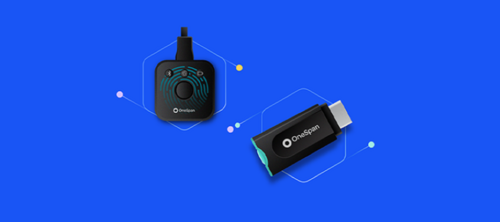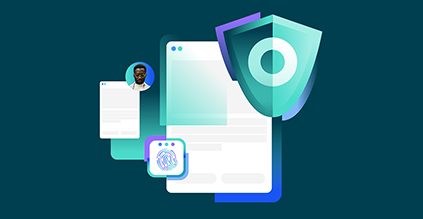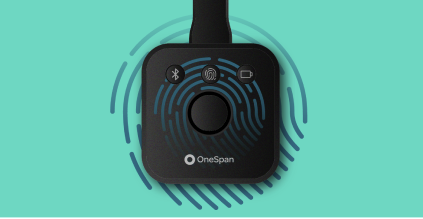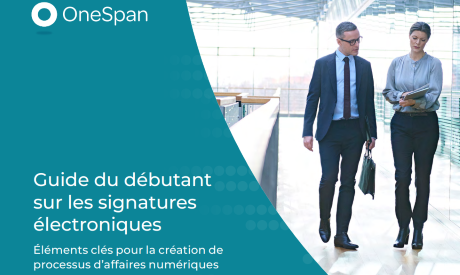Comment le signe OneSpan aide à capturer le consentement du client dans le cadre du GDPR

Le Règlement général sur la protection des données (RGPD) [Règlement de l'UE) 2016/679] est entré en vigueur dans les 28 pays membres de l'UE le 25 mai 2018. Il représente le changement le plus important de protection des données dans l'ère numérique d'aujourd'hui. Le GDPR est une réforme fondamentale du cadre européen de protection des données existant, la directive européenne sur la protection des données (directive 95/46/CE). Bien que bon nombre des principes fondamentaux restent les mêmes, y compris la nécessité de l'équité, de la transparence, de la légalité du traitement et de la sécurité des données, le GDPR s'attend à ce que les entreprises non seulement se conforment aux exigences de l'UE en matière de protection des données, mais aussi qu'elles puissent démontrer Conformité. Le règlement contient un certain nombre de nouvelles protections et menace d'amendes et de pénalités importantes en cas de non-conformité.
GDPR : 5 points clés sur les données privées
L'UE veut donner à ses citoyens un plus grand contrôle sur la façon dont leurs données personnelles sont utilisées. Les exemples de données personnelles incluent l'apparence physique, la nationalité, les croyances religieuses, l'origine culturelle, l'orientation sexuelle, le statut social, la force financière, l'appartenance, l'éducation, les conditions médicales et l'état mental. Dans le même temps, l'Union européenne veut donner aux entreprises un cadre juridique plus simple et plus clair dans lequel opérer. Cela signifie une loi unique et unifiée sur la protection des données sur l'ensemble du marché.
Le GDPR est beaucoup plus exigeant et s'applique plus largement aux exigences existantes de l'UE en matière de protection des données. Voici cinq domaines clés que le GDPR aborde pour assurer la protection des données personnelles de ses citoyens.
- Notification de violation : L'exigence de notification de violation du GDPR a attiré l'attention des organisations (et des OISC en particulier) parce qu'elle fixe une barre élevée pour la notification obligatoire des incidents de sécurité. En vertu du GDPR, une notification de violation est obligatoire dans tous les États membres où une violation de données est susceptible de « entraîner un risque pour les droits et libertés des individus ».
- Droit d'accès : Une partie des droits élargis des sujets de données (p. ex., les consommateurs) décrits par le GDPR est leur droit d'obtenir du contrôleur des données (p. ex., entreprise ou organisation) la confirmation de la question de savoir si les données personnelles les concernant sont traitées, où et dans quel but. En outre, le contrôleur doit fournir une copie des données personnelles, gratuitement, en format électronique.
- Proposer un DPO : Les agents de protection des données (DPO) sont chargés de superviser la stratégie de protection des données et sa mise en œuvre, afin d'assurer le respect des exigences du GDPR. En vertu de l'article 37, un DPO est un rôle obligatoire pour toutes les entreprises qui collectent ou traitent les données personnelles des citoyens de l'UE. Le DPO est chargé d'éduquer l'entreprise et ses employés sur les exigences importantes en matière de conformité, de former le personnel impliqué dans le traitement des données et d'effectuer des vérifications de sécurité régulières.
- Droit à l'oubli : Aussi connu sous le nom data Erasure, le droit à l'oubli donne droit aux données soumises pour que le contrôleur de données efface leurs données personnelles, cesse la diffusion ultérieure des données, et peut-être que des tiers cessent le traitement des données. Les conditions d'effacement, telles qu'elles sont décrites à l'article 17, comprennent le fait que les données ne sont plus pertinentes ou qu'un sujet de collecte de données a été retiré du consentement. Il convient également de noter que ce droit exige des contrôleurs qu'ils comparent les droits des sujets à « l'intérêt public dans la disponibilité des données » lorsqu'ils examinent ces demandes.
- Obtenir le consentement valide du client: Le consentement des clients en vertu du GDPR exige que le consentement soit « donné librement, spécifique, informé et sans ambiguïté », ce qui permet aux clients de faire des choix sur la façon dont et pourquoi leurs renseignements personnels sont utilisés. Les clients qui se sentent en contrôle des données qu'une entreprise possède à leur sujet sont susceptibles d'avoir des niveaux plus élevés de confiance dans cette entreprise.
Pourquoi s'agit-il d'une occasion d'affaires?
Le GDPR est une augmentation de la capacité de gérer l'utilisation des données. L'un des principaux objectifs de la mise en œuvre du règlement est de créer des conditions de concurrence équitables entre les secteurs public et privé pour permettre l'échange de données. Pour les OCS, GDPR offre une bonne occasion d'améliorer les capacités de sécurité de votre organisation afin de répondre aux exigences de la réglementation et d'améliorer la sécurité globale en ce qui concerne la confidentialité et la confidentialité des données.
Comment OneSpan Sign aide à capturer le consentement des clients dans le cadre du GDPR
L'obligation de saisir le consentement des clients en vertu du GDPR est essentielle. En fait, les organisations doivent recueillir le consentement explicite et affirmatif avant de traiter les données personnelles. Par conséquent, les sujets de données doivent être clairement informés de leur droit de retirer leur consentement et doivent être en mesure de le faire facilement si désiré.
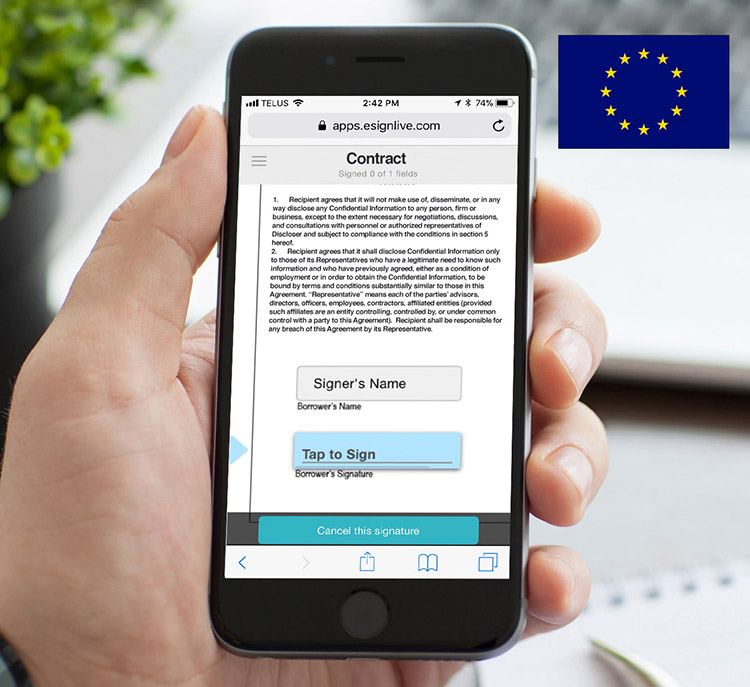
Le Groupe de travail sur la protection des données (WP29) prévu à l'article 29 a fourni des lignes directrices sur le consentement en vertu du règlement de l'UE et définit ce que le consentement explicite implique. Il doit être:
- Donné librement
- Specific
- Informé
- Une "indication sans ambiguïté des souhaits du sujet de données par lequel il ou elle, par une déclaration ou par une action positive claire, signifie un accord pour le traitement des données personnelles qui le concernent."
Le consentement explicite est requis dans certaines situations où un risque sérieux de protection des données apparaît. En d'autres termes, lorsqu'un niveau élevé de contrôle individuel sur les données personnelles est jugé approprié. OneSpan Sign est une solution de signature électronique de premier rang utilisée par certaines des organisations les plus soucieuses de la sécurité au monde. Grâce à sa capacité d'envoi en vrac, vous pouvez automatiser le processus d'envoi de formulaires de consentement à un grand nombre de destinataires. La solution a la capacité de capturer des données et le consentement, n'importe quand, n'importe où, et de n'importe quel dispositif, de sorte que le consentement peut être obtenu rapidement.
Avec OneSpan Sign, vous pouvez envoyer des formulaires de consentement en une seule action (et déclencher des rappels, si nécessaire) pour capturer le consentement en temps réel, avec une visibilité complète sur l'état de vos transactions. Et grâce aux intégrations avec des applications et des systèmes tiers, les données peuvent être automatiquement intégrées dans le système d'enregistrement de votre organisation de choix. Qu'il s'agisse d'un CRM, d'une MRH ou d'un système ERP, le processus de consentement peut être automatisé à 100 %.
Pour savoir comment OneSpan Sign peut vous aider à documenter et à saisir le consentement conformément aux exigences du GDPR, essayez une démonstration rapide ou contactez-nous.
